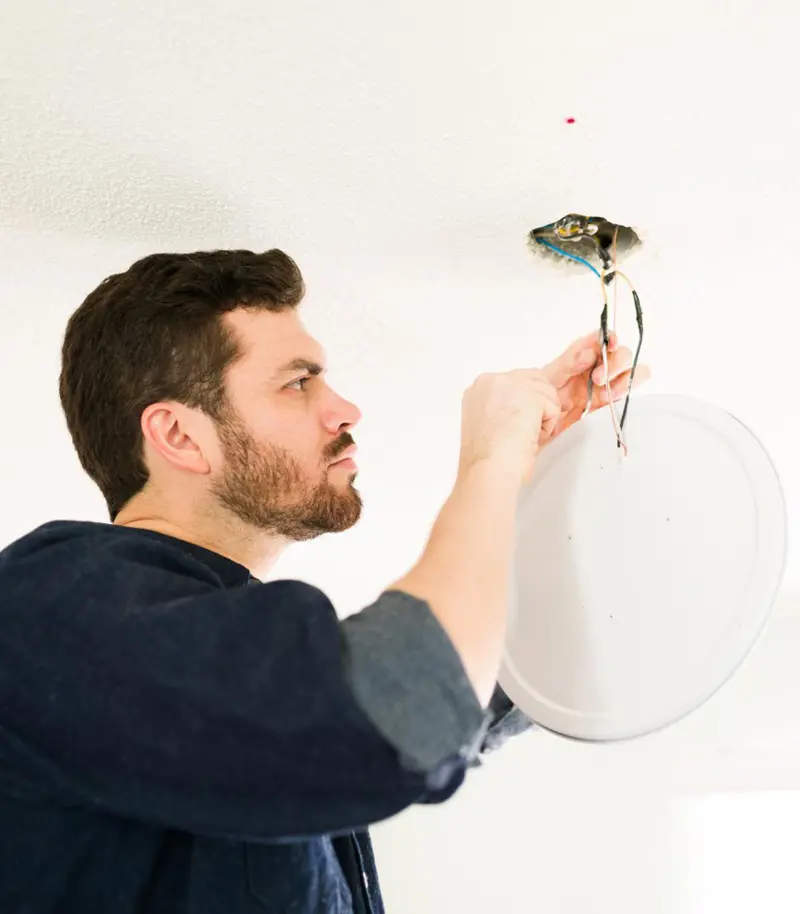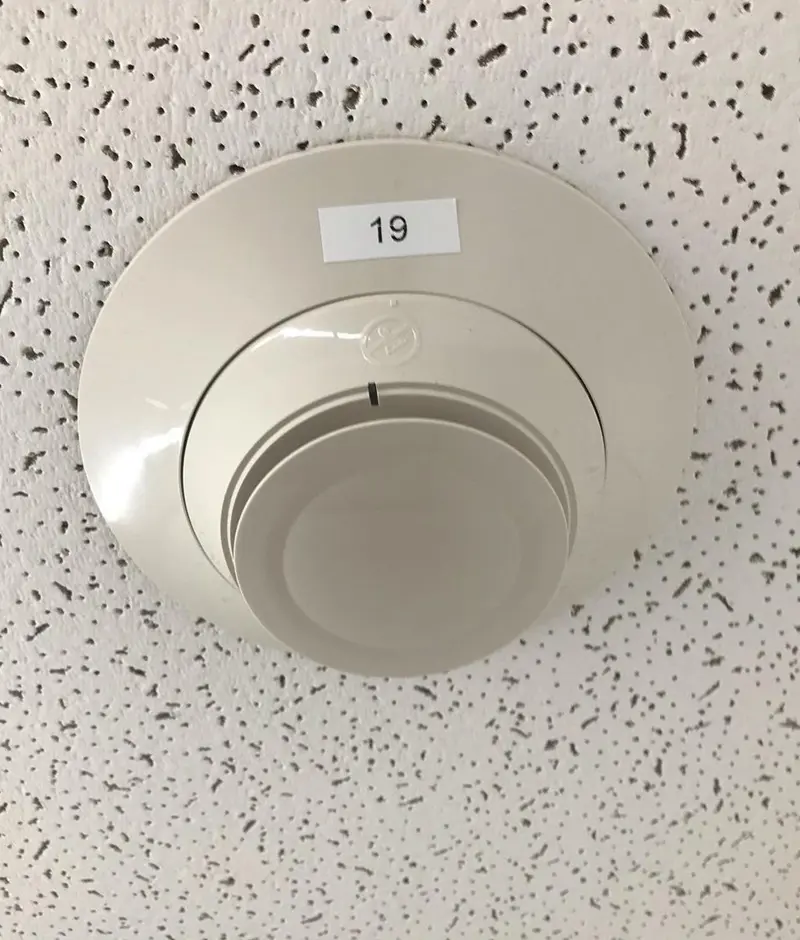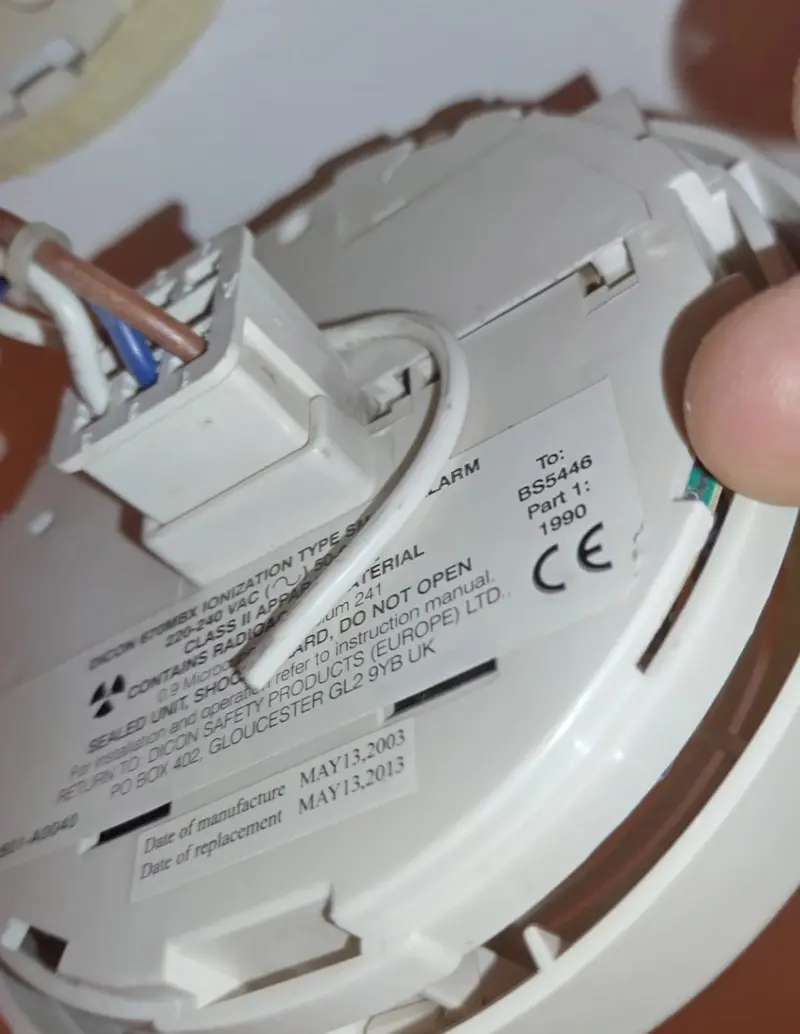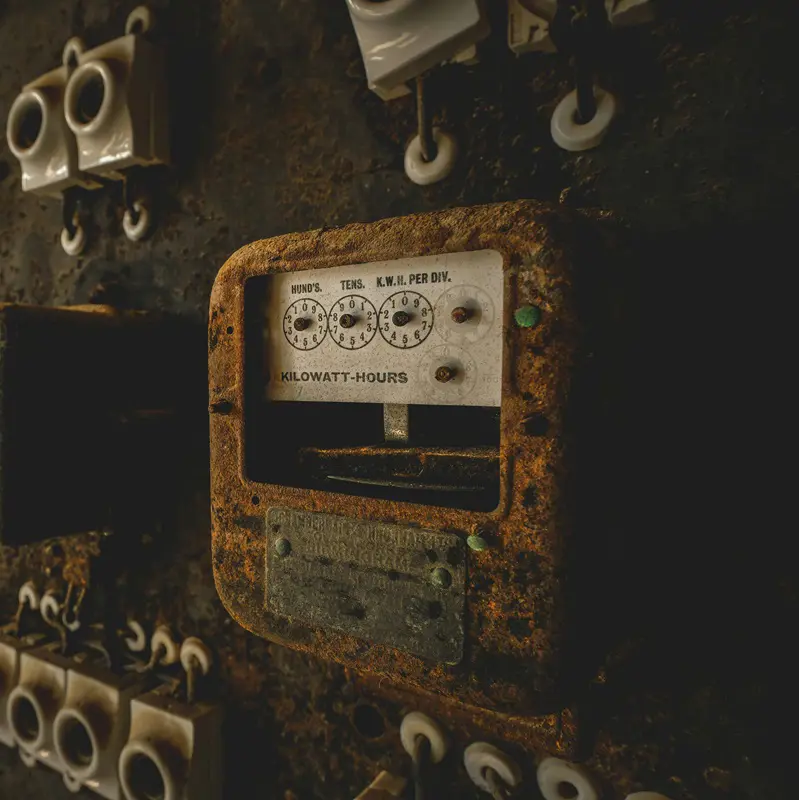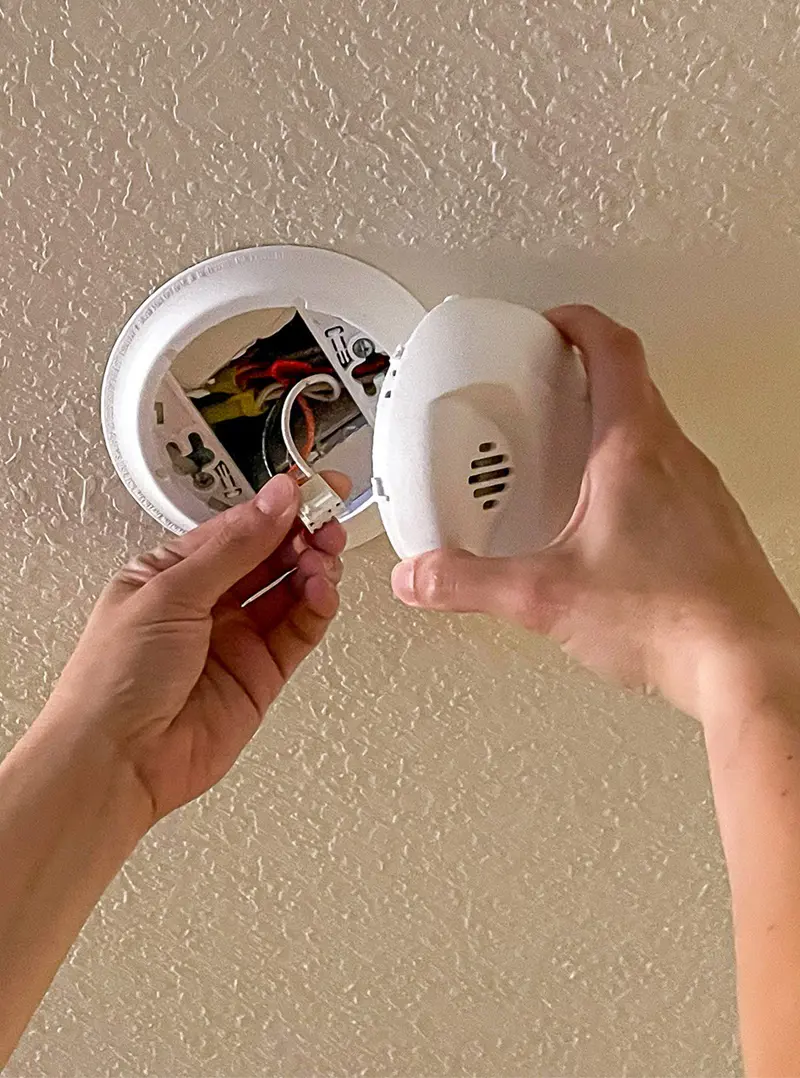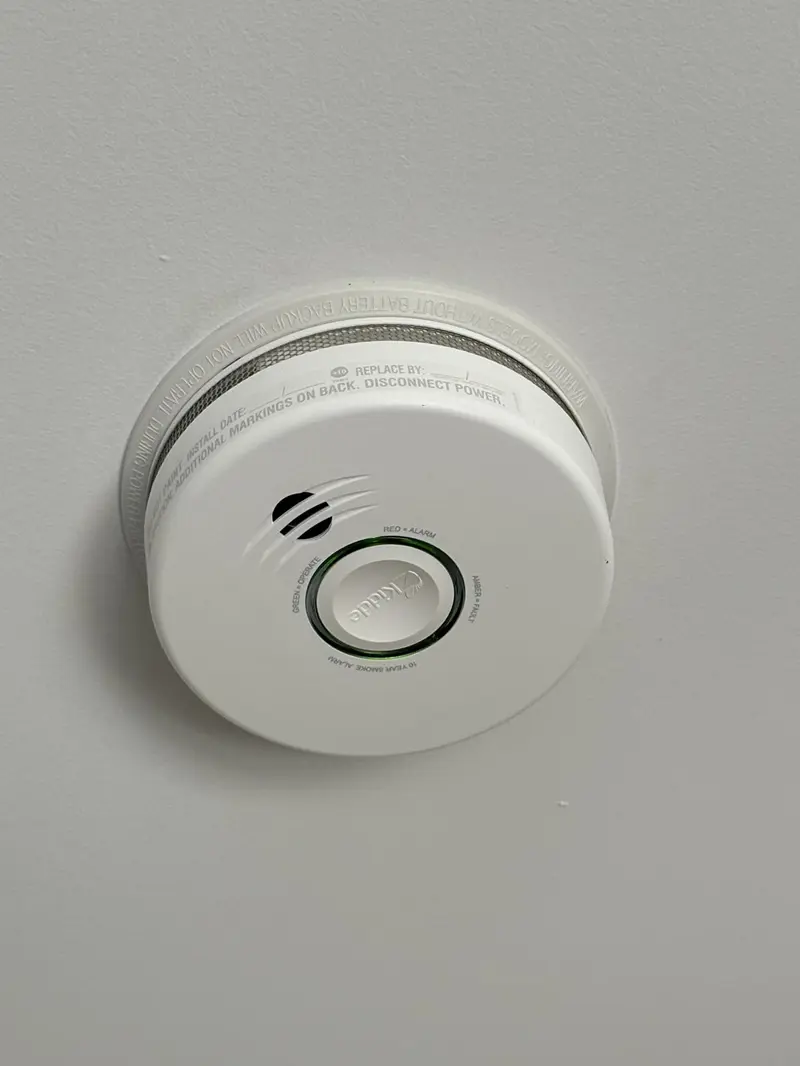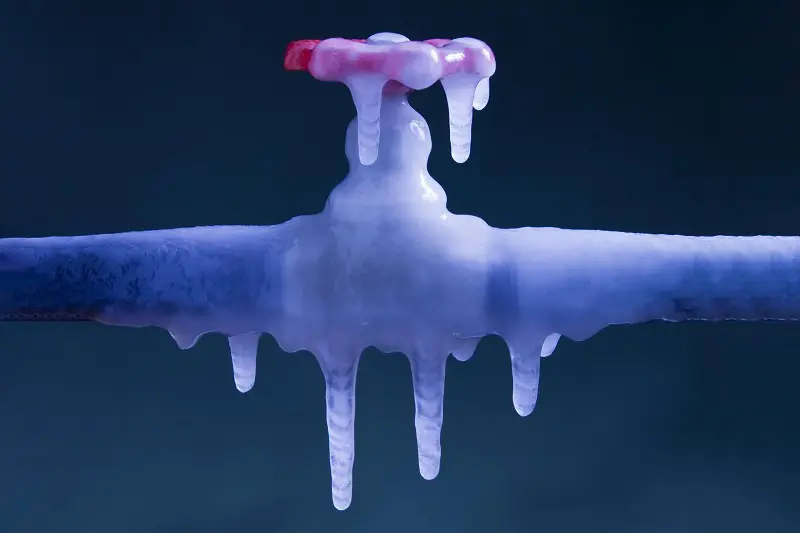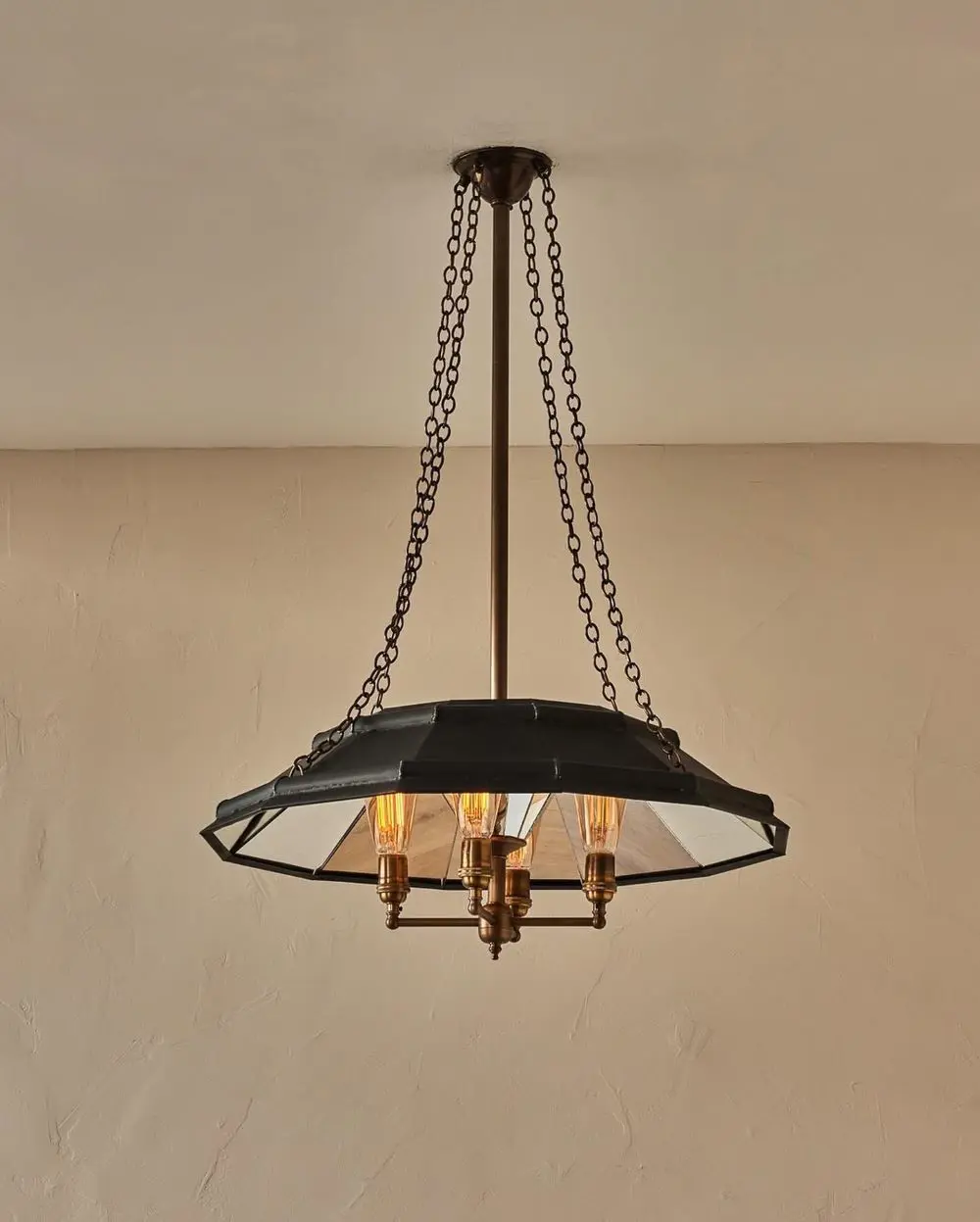Why is Smoke Detector Beeping?

1. Battery
One of the most common reasons for smoke detectors beeping is related to the battery.
Smoke detectors have been wired to tell you when a low charge is present within the battery, it is more likely to produce a periodic chirping sound.
The sound is a significant safety feature letting you know it is time to replace the battery.
2. Battery Connection
If the smoke detector beeps even with a new battery, the problem may be at the point of connection.
Other causes of periodic beeping include improper connection or loose battery. A corroded or dirty battery terminal may not properly touch the battery.
3. Dust or Debris
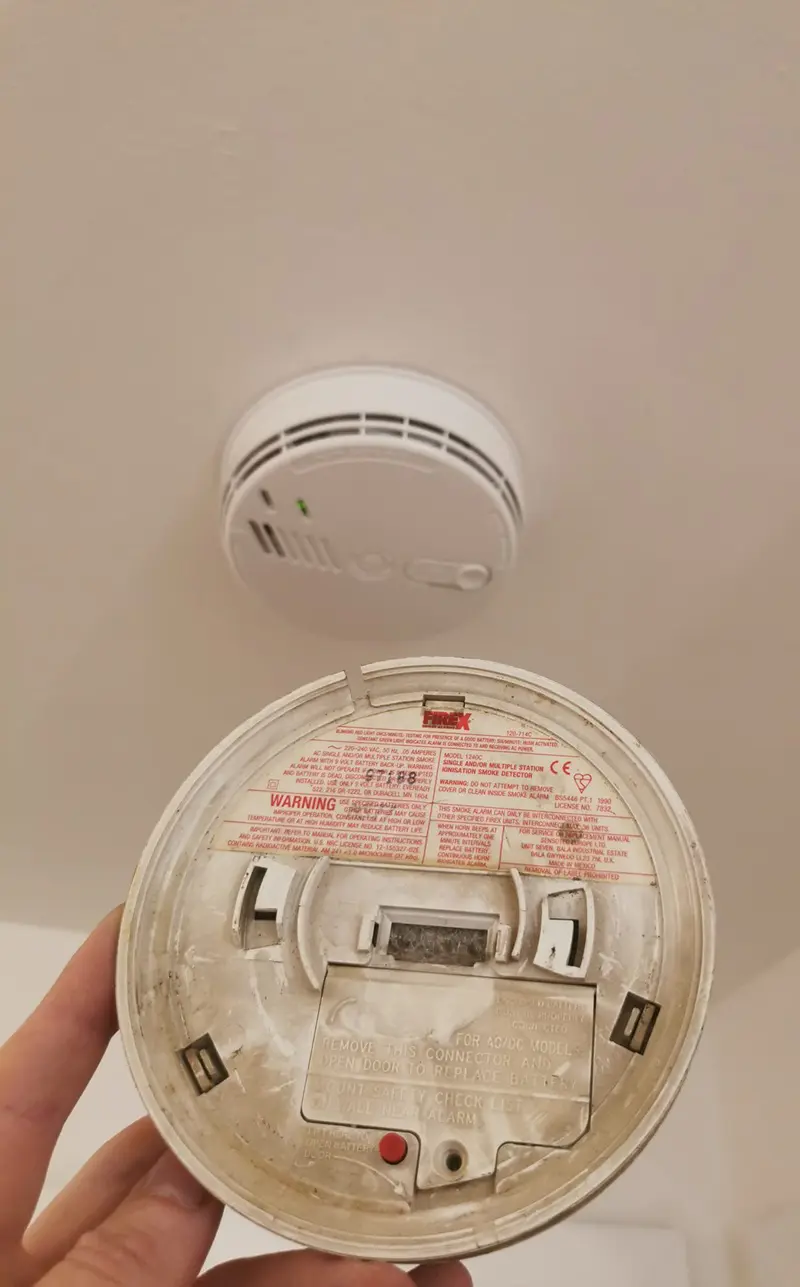
Your smoke detector will gather dust and debris inside its housing over time, which can block its sensors, hence setting it off or beeping.
The build-up of dust or debris hinders the proper functioning of the detector since sensors rely on a clear path to view the smoke particles in the air.
4. Life of Smoke Detector
Smoke detectors generally have a service life of 10 years, and toward the end of this time, they are found to beep, informing you that it is time to change them.
This feature is built into the device, asking you to change the detector before it quits operating.
5. Humidity or Steam
High humidity or steam, like those availed when one is taking showers or cooking, will affect the effectiveness of your smoke detector.
Too much moisture might make the detector believe that steam or humidity is smoke, hence triggering a false alarm or a continuous beeping.


